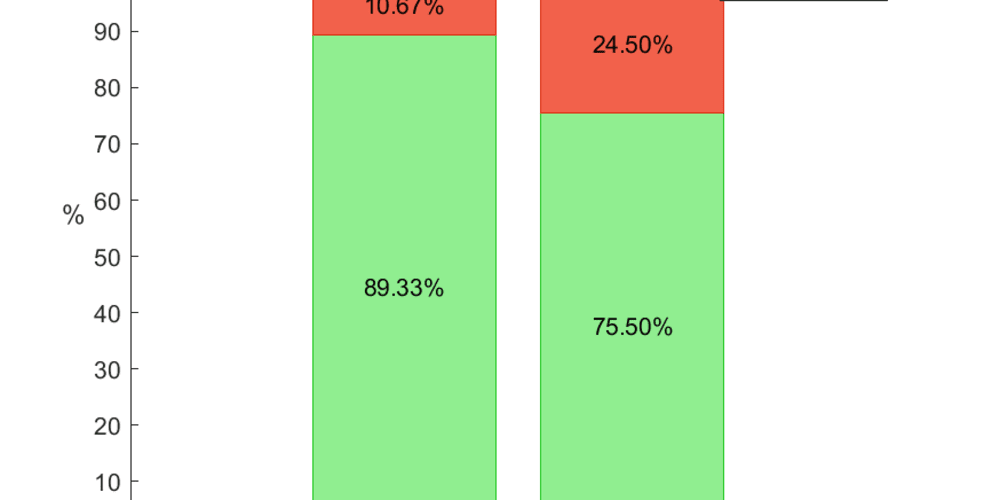Introduction
In the rapidly evolving healthcare industry, predictive modeling has emerged as a critical tool for early disease detection and proactive patient care. Using PySpark, a powerful Python library built on Apache Spark, healthcare organizations can unlock the potential of big data to develop predictive models that significantly improve patient outcomes.
What is PySpark?
PySpark is a Python library designed for Apache Spark, which facilitates real-time, large-scale data processing within a distributed environment. It includes a PySpark shell for interactive data analysis, enabling users to efficiently manipulate and analyze massive volumes of data. This makes PySpark an essential tool in the big data ecosystem, particularly for applications that require scalability and speed.
High-Level Data Flow in Healthcare with PySpark
Data Acquisition
The first step involves collecting patient health records and medical imaging data from various sources. These datasets are rich with information about patients' medical histories, diagnostic tests, treatments, and imaging studies, providing a foundation for predictive analysis.Data Preprocessing
Data Cleaning: This step involves handling missing values, removing duplicates, standardizing data formats, and addressing outliers to ensure the data's quality and consistency.
Normalization: Standardizing data to a common scale improves model performance by ensuring that different data features are comparable.Feature Extraction and Engineering
Feature Extraction: Identifying and selecting relevant features from the datasets that are predictive of disease outcomes.
Feature Engineering: Creating new features or transforming existing ones to enhance the predictive power of the models.Creating an Integrated Dataset
The extracted and engineered features are combined into an integrated dataset, which serves as the basis for model development.Model Development
Algorithm Selection: Utilizing PySpark's machine learning library (pyspark.ml) to develop predictive models using techniques such as logistic regression, random forests, or neural networks.
Data Splitting: Dividing the dataset into training and testing sets using PySpark's randomSplit() function.Model Evaluation
Training: Models are trained using the training dataset.
Evaluation: PySpark provides built-in evaluation functions (pyspark.ml.evaluation). Metrics like accuracy, precision, recall, F1-score, and the area under the ROC curve (AUC) are used to assess model performance.Model Deployment
Once the models have been trained and validated, they are deployed into the production environment. This integration into healthcare systems and workflows supports healthcare professionals in making informed decisions about patient care and treatment plans.
Key PySpark Libraries and Their Applications in Healthcare
PySpark
Distributed Data Processing: Allows efficient processing of large-scale healthcare datasets by distributing tasks across multiple nodes.
Integration with Hadoop: Seamlessly integrates with Hadoop, making it possible for healthcare organizations to use existing Hadoop infrastructures for data storage and processing.
Scalability: Capable of scaling horizontally to handle the increasing datasets common in healthcare.
pyspark.ml
Machine Learning Pipelines: Provides APIs for creating machine learning pipelines, streamlining the process from data preprocessing to model deployment.
Algorithm Support: Includes various machine learning algorithms, such as logistic regression, decision trees, and gradient-boosted trees, which are suitable for developing robust predictive models in healthcare.
pyspark.sql
Structured Data Handling: Facilitates manipulation and querying of structured data, which is crucial for preprocessing patient records and medical imaging data.
DataFrame API: Offers a powerful API for efficient data manipulation, essential for handling large volumes of healthcare data.
PySpark Compatibility with Other Tools
PySpark is compatible with tools like Snowflake, Databricks, Azure Data Factory, Azure Synapse Analytics, and AWS Glue, enhancing its utility by providing robust solutions for data integration and analytics in healthcare.
PySpark Considerations: Performance, Security, and Code Complexity
Performance: PySpark's distributed computing capabilities enable parallel processing and scalability across clusters, which enhances performance on large datasets. In-memory computation speeds up processing times, crucial for real-time healthcare applications.
Security: PySpark integrates with authentication mechanisms and encryption protocols to protect sensitive healthcare data, helping organizations comply with regulations such as HIPAA.
Code Complexity: PySpark's high-level APIs and declarative syntax simplify code complexity, while MLlib supports building modular machine learning pipelines for easy maintenance and reuse.
Conclusion
PySpark empowers healthcare organizations to develop predictive models that improve patient care and outcomes. By leveraging PySpark's capabilities, healthcare providers can build scalable, secure, and maintainable data processing pipelines and predictive models, facilitating early disease detection and proactive patient management. PySpark's compatibility with other data integration and analytics tools further enhances its role in the modern healthcare landscape, enabling robust and comprehensive solutions for data-driven healthcare.


















